The Viking Art of Metalworking: How They Found and Made Jewelry
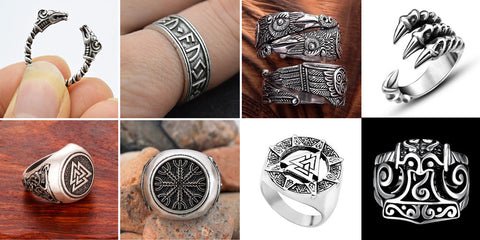
The Vikings were skilled metalworkers who made a variety of items, including weapons, tools, and jewelry. Their jewelry was highly prized and often worn as a symbol of status and…
Viking History: Learn More About the Aesir: An Introduction to the Norse Pantheon

The Aesir are a few of the most essential characters in Norse mythology, playing a major role in the stories, beliefs, and routines of the ancient Norse individuals. These goddesses and…
Discover the Mythical World of Valhalla Vikings
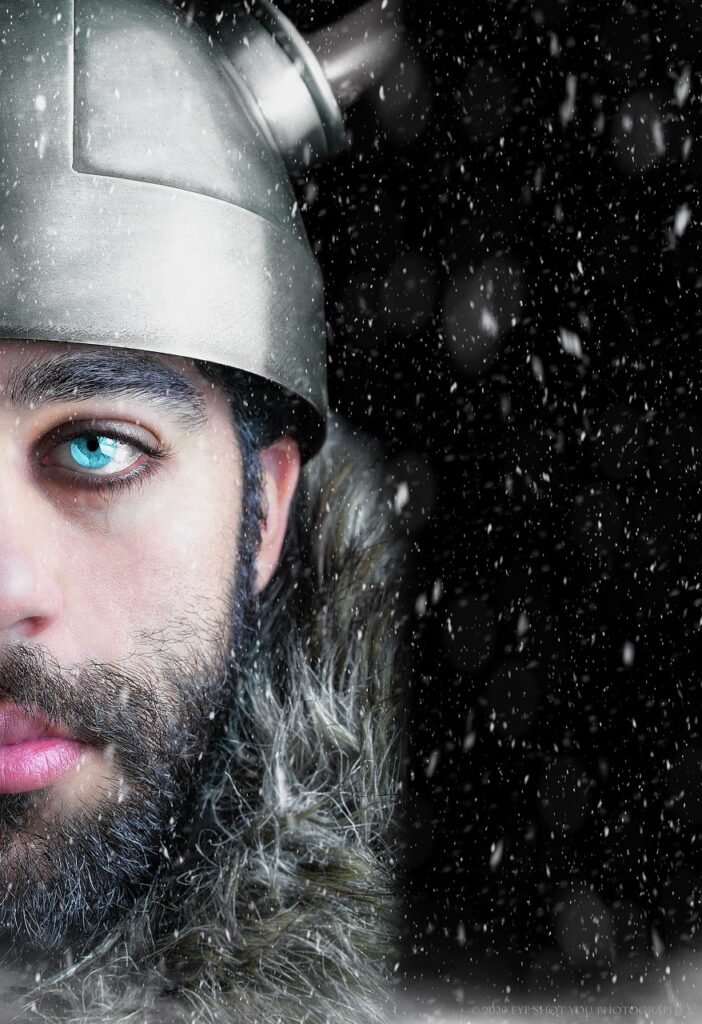
[ad_1] The world of Valhalla Vikings is an enchanting realm steeped in mythology and packed with powerful gods, fearless warriors, and a treacherous landscape. This mythical world is shrouded in mystery and intrigue, making it an exciting and intriguing destination for those who love adventure, danger, and folklore. At the heart of Valhalla Vikings lies […]
Discovering Valhalla Vikings: Uncovering the Secrets of the Norse Afterlife
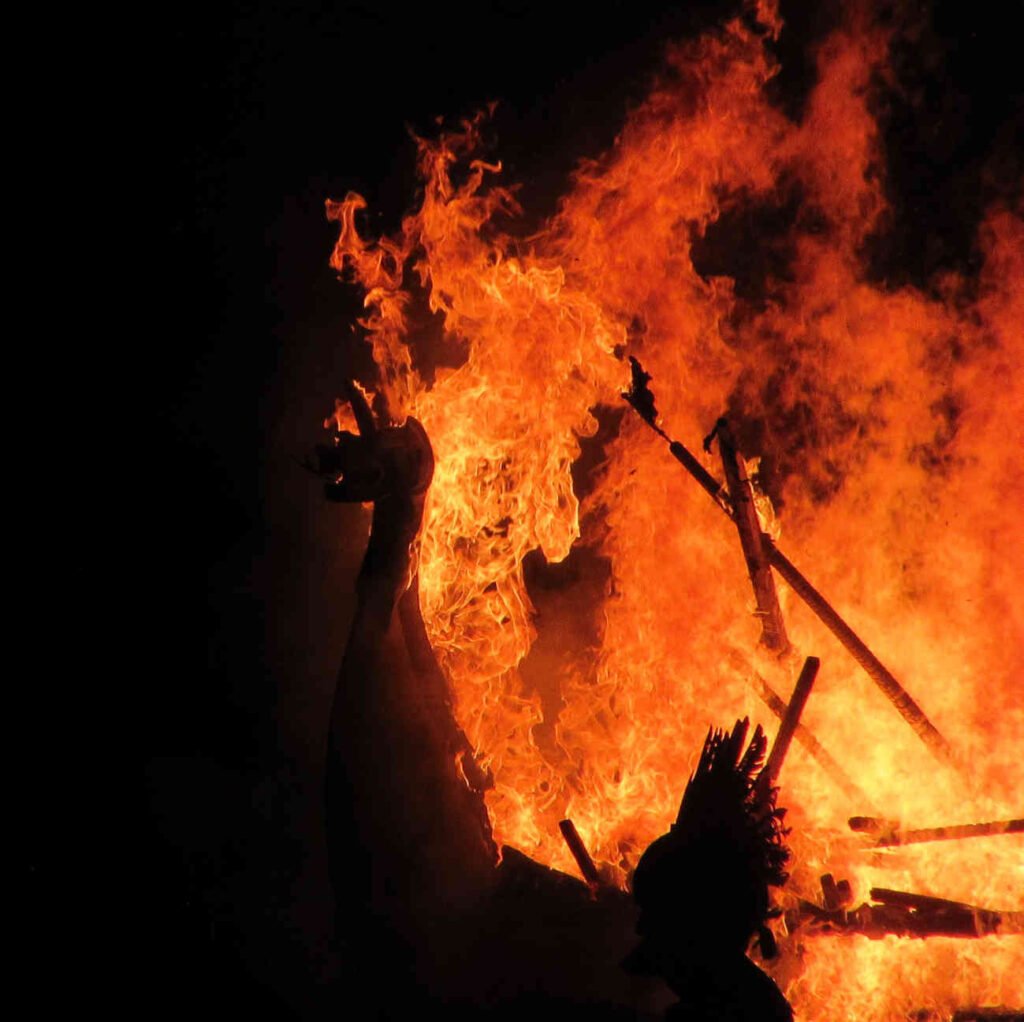
[ad_1] Valhalla is a word that has become synonymous with the Vikings’ afterlife. It’s a mythical realm that is not only famous for its brave warriors but also its lively halls and boisterous feasts. For centuries, scholars and historians have been fascinated by this fascinating world of the Norse gods. In recent years, researchers have […]
Valhalla Vikings: The Legendary Warriors of Norse Mythology
[ad_1] In Norse mythology, the Valhalla Vikings are known as legendary warriors who are known for their courage, bravery, and fearless spirits. These Viking warriors belong to one of the most iconic and fascinating aspects of Viking culture, which has been documented throughout history as being one of the most notorious warrior cultures in the […]
Viking History: Life on a Viking Age Farm: A Glimpse into Everyday Life.

5 minutes reading time Farming and everything that pertains to food and clothing took and were essential tasks up a lot of a viking’s time. Nevertheless, let’s say an individual…
Valhalla – The hall of the slain
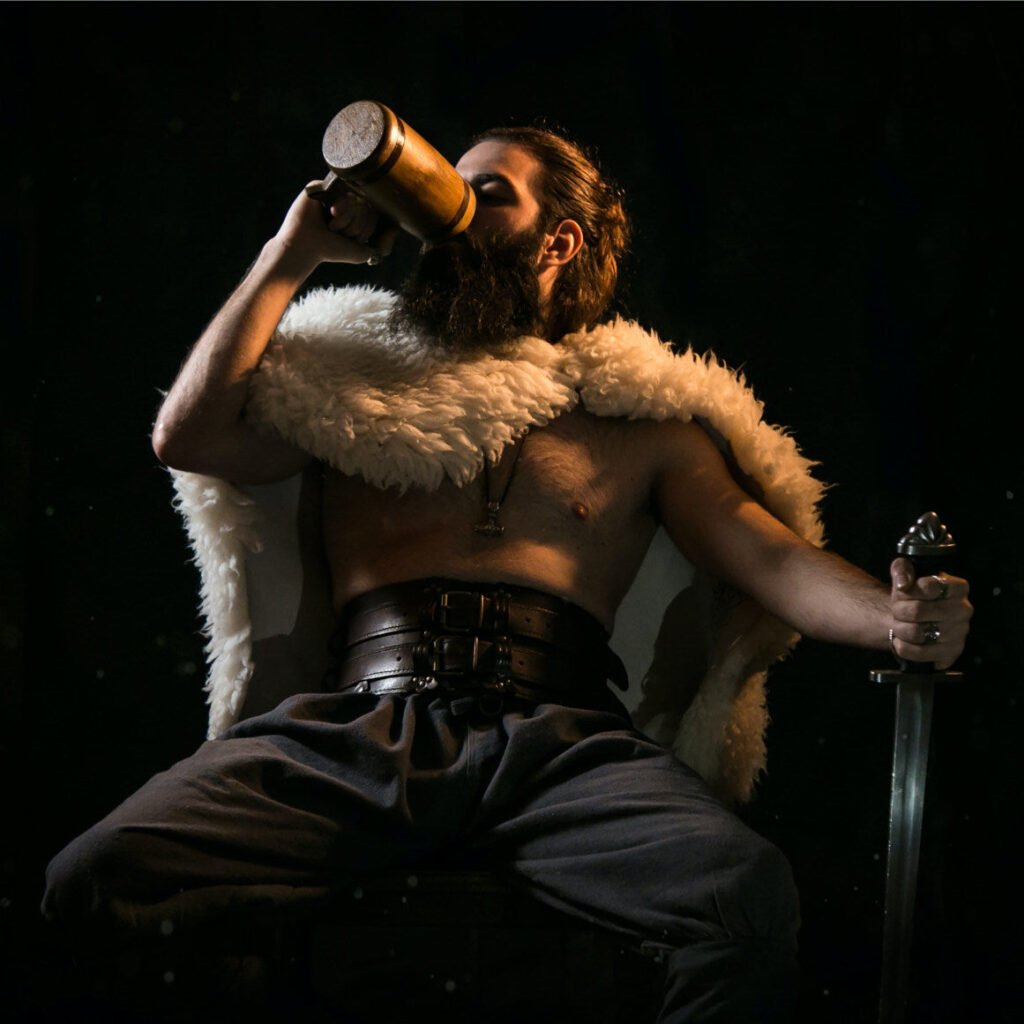
3 min read Valhalla (Old Norse: Valhǫll) translates to “hall of the slain” and is often described as Odin’s hall, a place for the fallen warriors. A majestic hall with shields…
Celebrate Spring the Viking Way: Discover the Significance of Disting Festival

Vikings were known for their seafaring and trading skills, but they were also a culture deeply rooted in tradition and celebration. One such celebration is the festival of Disting, a traditional…
The Danish Canadian Museum: A Viking Treasure
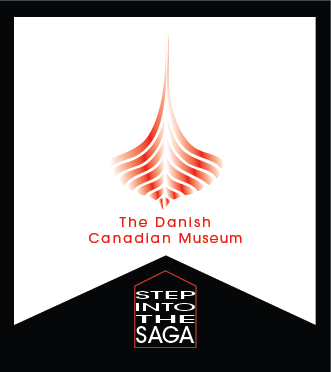
Check out the Viking Ship Gokstadfæring on Display!
Interested to see a detailed replica of a Gokstadfæring? You can when you visit the Danish Canadian Museum in Alberta Canada! The Freydis Joanna Viking Ship and Naust is part of the museum’s permanent collection, just waiting to be discovered by visitors who love Viking history.

The exhibit tells a fascinating story. First off, a little bit about longships:
Longships were a vital part of the success of Viking expansion into remote territories. They were extremely competent at navigating open waters, with this group comprised largely of skilled craftsmen and sailors. As such, the Vikings easily and swiftly claimed control over both land and sea.
As you know, longships were long, narrow boats crafted from wood, featuring a cloth sail to catch the wind. With such a sleek design, they made perfect companions for Vikings who wanted to explore new areas and even go to battle with enemies in far-off places. They could effortlessly traverse angry waters because they were so large and were made of such sturdy materials. However, they couldn’t navigate the hard to reach places, for obvious reasons.
That’s where the Gokstadfæring came in. These smaller ships allowed the Vikings to more readily access out-of-the-way areas along the coastlines.
The Freydis Joanna Viking ship, a replica Gokstadfæring, is on display at the Danish Canadian Museum. It was donated by Karen and Kresten Sommer, and constructed at the Viking Ship Museum Boatyard in Roskilde, Denmark.
Prior to its display all over Canada, Freydis Joanna was christened and brought to Halifax initially. If you’ll be visiting Alberta Canada soon, don’t miss a chance to visit the Danish Canadian Museum. You’ll have fun exploring other exhibits in this amazing museum, which explores the rich history of Danish settlers in Canada more than 1,000 years ago. In Canada Call them for hours and location at 403-728-0019.
Meanwhile, pick up some cool Viking jewelry in our online shop: Sons of Vikings.

What did Viking Villages look like?

While we usually think of the Vikings as travelers and raiders, they did not in fact live on their longboats or in military camps. The majority would have spent most of their lives in villages, not too dissimilar from the English and French villages that they were raiding and conquering.
While the exact composition and nature of Viking villages depend on the region in which they were located, and they also changed over time, there are a few characteristics that are fundamental to Viking villages. Let’s take a look.

Farmstead, Village, or Fortress
The size of Viking villages varied greatly.
In poorer and harsher areas, farmsteads were isolated and separated by relatively long distances. This is especially common in Iceland, where large farmsteads are spotted across the landscape.
In more prosperous areas, a dozen farmsteads might cluster together to make a small village. The houses of the inhabitants of these small Viking towns were clustered together in the center of the town and enclosed by walls, as much to keep livestock from wandering through as offering protection from enemies. Farm and grazing land then surrounded the village.
Even in the riches areas where the Vikings built their distinctive defensive ring fortresses, there were usually fewer than 20 longhouses – the name that we giving to Viking houses – within the fortress walls.
The largest surviving ring fortress, at Aggersberg in Denmark, only had an internal diameter of 240 meters and archaeological remains of 48 houses survive.
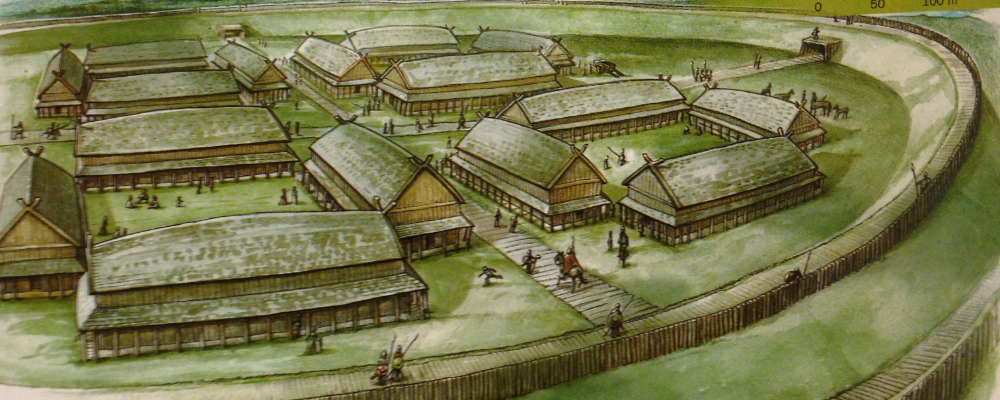
Location, Location, Location
The success and prosperity of a Viking village often depended on its location. Most villages were located near the coast or along a fjord. This was, firstly, because fishing was fundamental to their way of life, and secondly because it made transport easier. It was much easier for the Vikings to travel by boat than try and cross the rugged landscape.
Settlements were also usually placed on high ground to ensure the best possible drainage. While wells were common features of larger villages, farmsteads and smaller villages were almost always located close to a source of fresh running water.
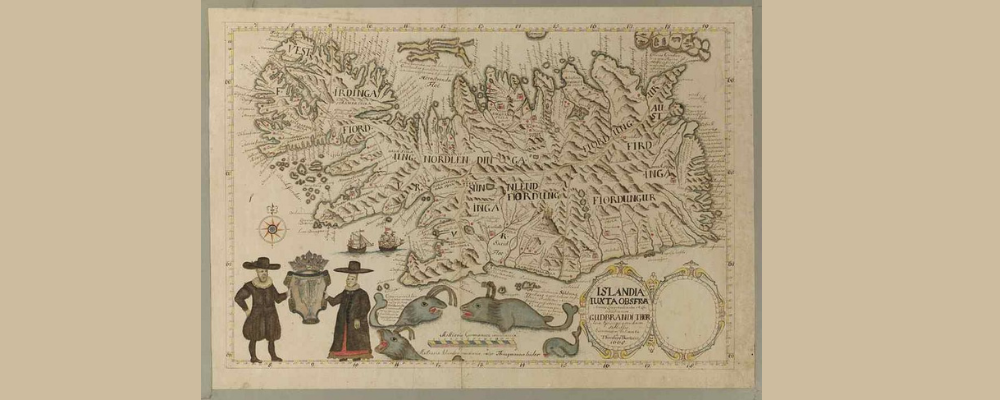
Household
Households varied greatly in size depending on the wealth of the inhabitants. Most dwellings were centered on a longhouse, so-called because of their rectangular shape.
In Norway, these houses were usually built from wood, with turf or thatched roof. Meanwhile, in Scotland, stone houses were more common as wood was relatively scarce. The Vikings were inventive and used whatever materials were available to them locally.
For poorer people, this may have been their only building. The family would have lived here, and they would have been joined inside by their livestock in the colder winter months.
Richer farmsteads also had multiple outbuildings, both for sheltering livestock and creating space for other activities, such as brewing.
The household would have been composed of the owner of the farmstead and his family, which was an extended family of parents and cousins, rather than just the nuclear family.
Paid hands would also have lived and worked on the farmstead, alongside slaves, which were common in the Viking world. Slaves would have been given the less desirable jobs on the farm.

Commodities
To make a living, the Vikings fished, sewed crops, and raised cattle. As we have already said, the importance of fish in the Viking diet is one of the main reasons that settlements were always located near the coast of rivers.
The process of cultivating crops would have been carried out predominantly by women, children, and slaves while the men were off raiding. The most common grains were barley, rye, and oats.
But by far the most important commodity on any Viking farm was its livestock. In fact, cattle were so important that the word for cattle and the word for money in old Norse are the same, fé.
The Strong farmstead in Iceland had barns with stalls for 18 heads of cattle, while Njal’s farm at Bergthorshvoll had stalls for 30 heads. Most Viking farms probably have between 15-40 heads of cattle.
As well as cows, the Vikings also raised sheep, pigs, goats, and even horses. Horse meat was actually a delicacy among the Vikings until it was outlawed with the rise of Christianity.
All animals were raised to serve multiple purposes, providing milk to be made into a variety of dairy products, to provide wool, leather, and other essentials, as working animals drawing ploughs and wagons, and of course as meat, both for the dinner table and to make sacrifices to the gods.
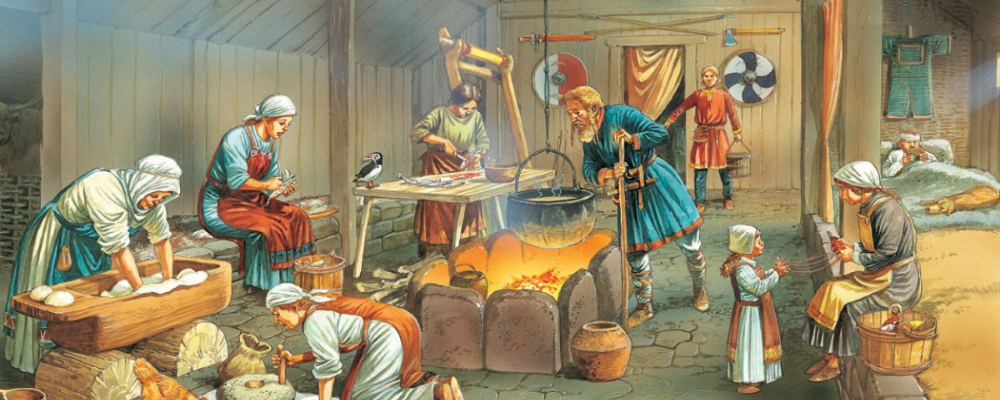
Rhythm of Life
The rhythm of life in Viking villages would have been very much dictated by the season. Plants were sown in the spring, and the men went raiding in the summer while the rest of the household worked to prepare enough food to see them through the winter months. The dark winter months would have been spent clustered together in the longhouses, telling stories, teaching children, making crafts, and more.
This is why the festivals that marked the changing of the seasons were so important in the Viking calendar, as they marked real transitions in day-t-day life.
What do you think? Would you have liked to live in a Viking village?
 Mjolnir pendants in the VKNG Collection – most common symbol worn by the Vikings
Mjolnir pendants in the VKNG Collection – most common symbol worn by the Vikings
The post What did Viking Villages look like? appeared first on Norse and Viking Mythology.